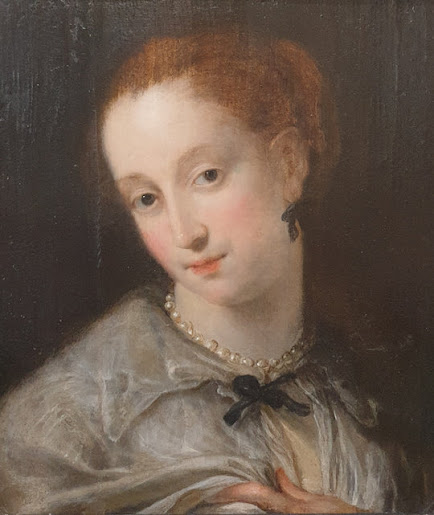Meissen Porcelain
Meissen porcelain was the first hard paste porcelain to be produced in Europe. Founded in 1710 the factory started out in Dresden, Germany and later moved to nearby Meissen where it continued to manufacturer outstanding quality porcelain that is still highly valued today.
 |
| Pair of Meissen plates following a Japanese Kakiemon design, c1734-1740. From Anita Gray. |
Alchemist Johann Friedrich Böttger and chemist Count Ehrenfried Walther von Tschirnhaus developed a porcelain that was similar to Oriental porcelain. Since the 13th century Europe had been importing Oriental porcelain from China and it was seen as a luxury commodity and it's price reflected this. The invention of porcelain production in Europe was a huge break through for Meissen craftsmen.
 |
| Dessertware in the 'Onion' Pattern c1890. From K&M Antiques. |
Meissen originally looked to Chinese porcelain for their inspiration but over the years developed a distinct style of their own. The 'Onion' pattern is a excellent example of this where inspiration has been taken from Chinese blue and white porcelain of the early Ming Dynasty but the decorative designs have taken on a more European feel, with artists using flowers are fruit more commonly seen in the West. The 'Onion' pattern is not actually made up of onions but stylised imagery similar to peonies, peaches and pomegranates. Meissen developed a huge and diverse range of designs with influences from the styles of the times including Rococco and Baroque, Neo-Classical and Art Nouveau.
 |
| Large Victorian Meissen Figure. From K&M Antiques. |
Collectable items include the famous Meissen figurines that were produced from the 18th century onwards. Highly collectable are designs made in the 1730s and '40s by Johann Joachim Kändler. These are considered the highest quality porcelain figures ever produced.
Meissen porcelain bears the distinct marks for two crossed swords. These marks have been used since 1722 and porcelain at the Meissen factory is still being produced today. In 2009 Meissen celebrated it's 270th year!
 |
| History of Meissen Marks |
.jpg)

Comments
Post a Comment